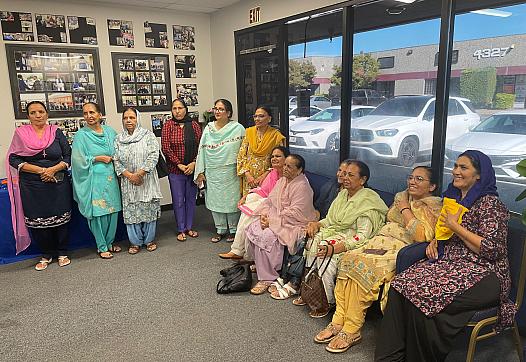
A Bay Area reporter set out to cover the health needs of undocumented Indian immigrants, but instead discovered a undercovered story about first-generation Sikh communities.

A Bay Area reporter set out to cover the health needs of undocumented Indian immigrants, but instead discovered a undercovered story about first-generation Sikh communities.
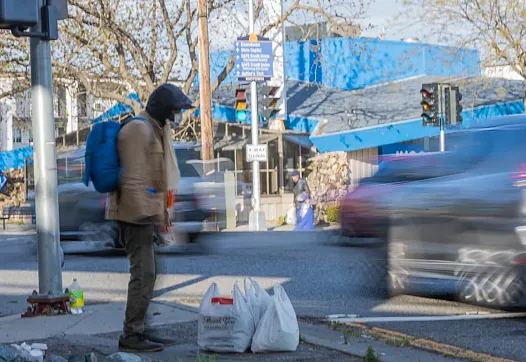
A photographer reflects on documenting homelessness in Sacramento, navigating trust and community collaboration to highlight Black residents’ housing struggles.
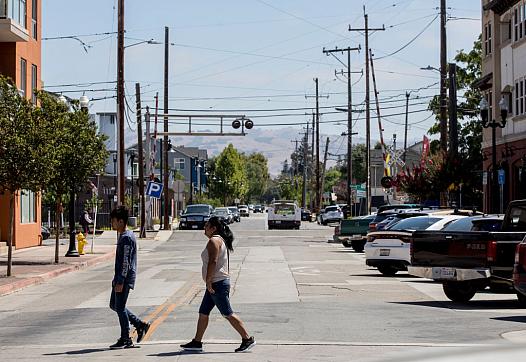
Data analysis is a powerful reporting tool. But as one reporter learns, it’s insufficient unless it’s grounded in the reality of the community you’re reporting on.
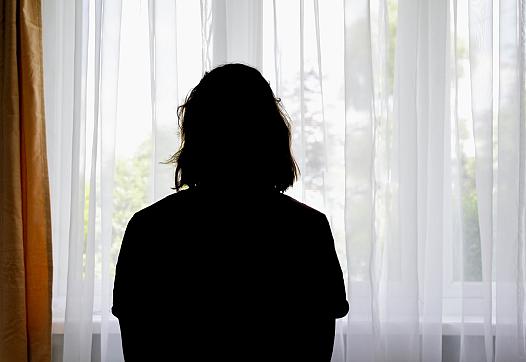
Two journalists were recently joined by a domestic violence survivor and advocate to share tips for reporting on domestic violence in ways that respect a survivor’s wellbeing and safety.
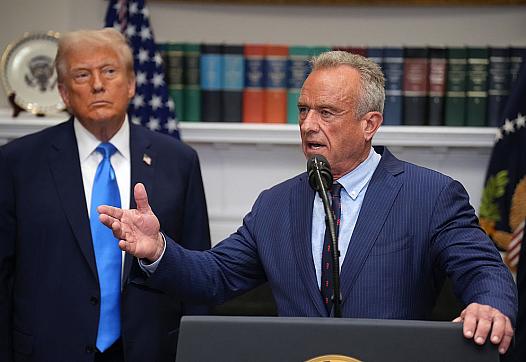
A science reporter for the Los Angeles Times shares her strategies for drawing readers’ attention back to the truth, as waves of misinformation emanate from the highest levels of government.
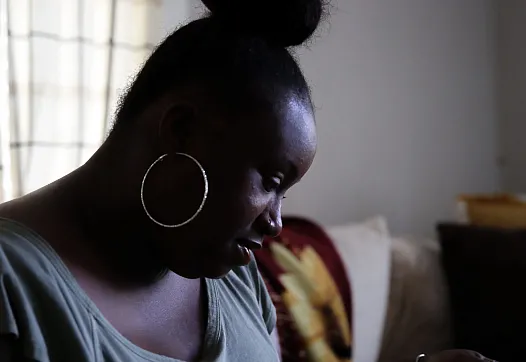
In Texas, a journalist uncovers a "shadow child welfare system that operates outside the purview of state officials, in spaces created by gaps in oversight and the law."
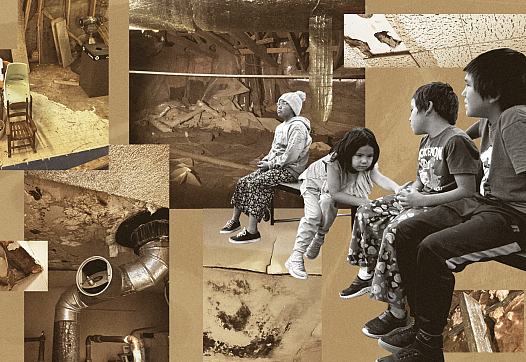
A reporter grapples with the lack of progress in fixing the health and safety problems faced by rural students and staff in Alaska's public school system.
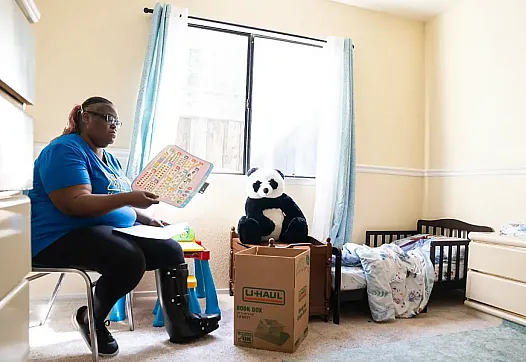
A journalist examines the child welfare system’s racial disparities, its generational impact on Black families, and community solutions amid funding cuts and the need for reforms.
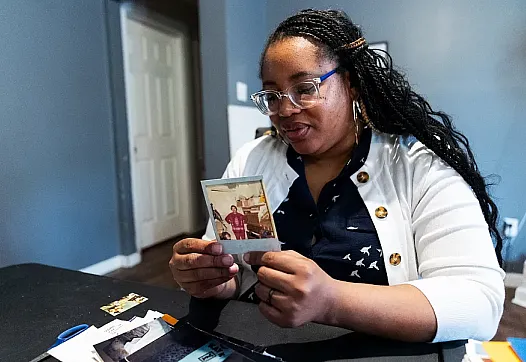
Millions of U.S. children live with relatives, yet such "kinship families" lack support and visibility. Reporting their stories can help change that.
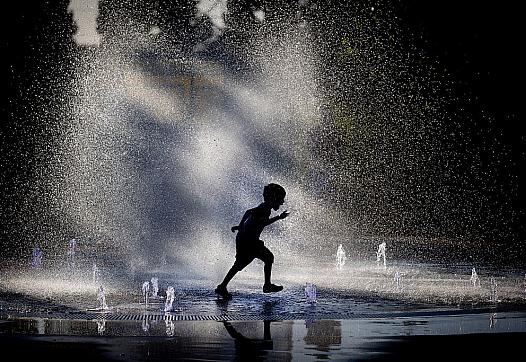
“We have never seen anything like this,” a longtime children's policy advocate told reporters taking part in the Center's 2025 National Fellowship.